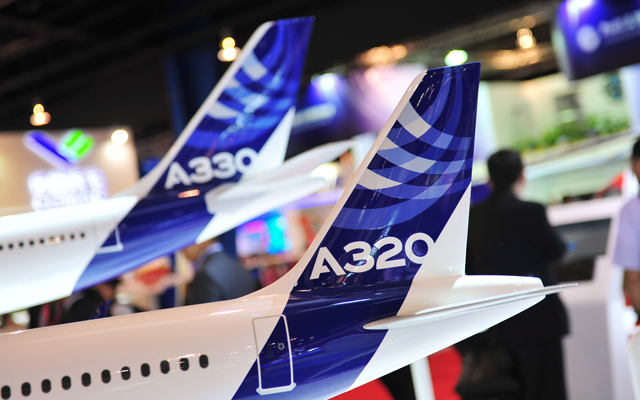Airbus International has projected a need for 17,620 new aircraft across Asia-Pacific as passenger traffic continues its growth of 5.3 per cent per annum over the next 20 years and retirement of older, less fuel efficient aircraft sets in.
In a press statement, Airbus said 30 per cent of these new aircraft will replace older, less fuel efficient models. Of the total expected demand, 13,660 will be in the Small category, such as the A220 and A320 family, while 2,470 will be Medium and 1,490 Large.

“We are seeing a global recovery in air traffic and as travel restrictions are further eased, the Asia-Pacific region will become one of its main drivers again. We are confident of a strong rebound in the region’s traffic and expect it to reach 2019 levels between 2023 and 2025,” said Christian Scherer, chief commercial officer and head of Airbus International.
Airbus said the region’s middle class, who are the likeliest to travel, will increase by 1.1 billion to 3.2 billion by 2040, and the propensity for people to travel is set to almost triple by 2040.
Scherer said the Airbus portfolio is well-positioned to enable sustainable aviation. “Our modern portfolio offers a 20 to 25 per cent fuel burn and therewith CO2 (carbon dioxide) advantage over older generation aircraft. We pride ourselves that all our aircraft products are already certified to fly with a blend of 50 per cent SAF (sustainable aviation fuel), set to rise to 100 per cent by 2030.
“In addition, our newly launched A350F offers efficiency gains of 10 to 40 per cent compared to any other large freighter, existing or expected, both in terms of fuel consumption as in CO2 emissions.”
In view of further ongoing innovations, product developments, operational improvements as well as market based options, Airbus aims to achieve the air transport sector’s target to reach net-zero carbon emissions by 2050.




















